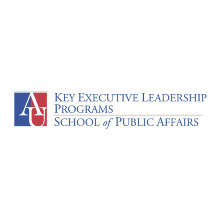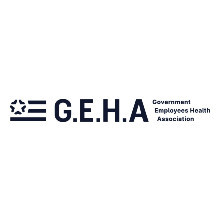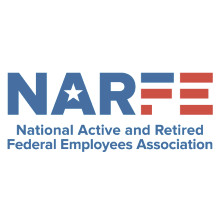|
The voice of career Federal executives since 1980 FOR IMMEDIATE RELEASE Contact Information: A Growing Risk of Government Failure Raises the Stakes for Agency Leaders to Practice Enterprise Risk Management WASHINGTON, DC – Today, Bill Valdez, President of the Senior Executives Association (SEA) – the professional association responsible for representing, convening, and cultivating members of the Senior Executive Service (SES) and senior career leaders across the federal government – announced the release of a recent survey jointly administered by the SEA and Association for Federal Enterprise Risk Management (AFERM): As per the joint survey administered by the SEA and AFERM, on average, six out of seven federal agency respondents (85%) envision a serious threat or disruption of mission operations in the next two to three years. In a whitepaper released today, “Getting Ahead of Risks Before They Become Government Failures: An Imperative for Agency Leaders to Embrace Enterprise Risk Management,” SEA and AFERM further expand on recent reports and studies detailing a range of worsening trends and developments creating an increased risk for significant government failure. While existing reports and recommendations have focused on Congressional and Administrative opportunities to reduce risk of government failure, AFERM President Tom Brandt notes, “They don’t put as much attention on what government leaders should do or what many government leaders are already doing to manage and address these risks – and that is, to practice and embrace Enterprise Risk Management or ERM.” SEA President Bill Valdez echoed the importance of an innovative approach that provides the most value to agencies and their mission. “The whitepaper released by SEA and AFERM aims to highlight how agency leaders can use ERM to reduce the risk of government failure while increasing the likelihood for the successful delivery of agency missions,” said Valdez. Embracing ERM has already proved effective for some agencies. Agencies who have implemented the strategy seen improvements in their ability to allocate resources to their most critical needs and in their ability to identify, understand, and respond to potential risks and opportunities proactively. As a result of this proven track record for success, Brandt and Valdez also recommend that the Government Accountability Office (GAO) begin factoring ERM implementation and execution into their assessment of the most critical risks facing government, as reported in their biennial High Risk List. Such a step would help further promote the practice of ERM throughout government. Valdez concluded, “While many risk areas require Congressional and Administrative action, Agency leadership must also play a critical role in risk reduction. Our research indicates that incorporating ERM into risk management strategy can be an effective, proactive mechanism for protecting our governmental institutions and their mission delivery.” About AFERM About SEA
|













